Hurricanes and tornadoes are both weather events that can cause destruction if they make landfall, but knowing the difference between them will help people stay safe.
In this blog post, experts will compare and contrast two of the most devastating natural disasters: tornadoes and hurricanes. Look at what sets these two apart, how they form, and why hurricane season is so much worse than tornado season.
Table of Contents
Definitions of Hurricanes and Tornadoes
Tornados are a type of storm that occurs in the Midwest and Great Plains regions of the United States. They often start with a dark, often greenish area of low pressure on the ground, which is called a tornado vortex signature. The funnel cloud picks up dirt and debris from this area as it travels across the ground. These storms can last for an extended period of time because they are so large. Tornadoes have been recorded to be over two miles wide!
Hurricanes are also types of storms that form near tropical waters. Hurricanes form when atmospheric conditions come together to create warm water temperatures at higher levels in the atmosphere than normal air temperature readings are found closer to the earth’s surface. This causes high amounts of water vapor to rise up into the atmosphere. This water vapor eventually forms a storm cloud, which begins moving across the earth’s surface at speeds of 30-60 mph with wind gusts reaching over 100 miles per hour!
Similarities between Hurricanes and Tornadoes:
- Both are atmospheric air currents – both rotate in a counterclockwise direction when viewed from above, due to Earth’s rotation;
- Both are formed by warm air colliding with colder air (convection);
- Both can cause massive damage to human life and natural habitats;
- They have one to five bands of intense thunderstorms with very heavy rain, strong winds, and occasionally hail;
Differences between Hurricanes and Tornadoes
Geographical location
1) Where do tornadoes occur?
- Tornadoes occur in the United States, Mexico and Canada;
- They can also occur in South America, Africa, parts of Asia, and Australia;
- On average, a tornado occurs every five minutes somewhere on Earth;
2) Where do hurricanes occur?
- Hurricanes occur in the Atlantic Ocean, Indian Ocean, and of course, The Caribbean Sea;
- Once a hurricane forms it can move anywhere on Earth but most hurricanes over history have occurred near areas of the west coast of Africa or close to Central America;
Vertical shear
It is a measure of the change in wind speed and direction as you go up through the atmosphere. Vertical shear is associated with tornado development, but it’s not actually required for a storm to spin up into a full-fledged tornadic system. Storms that have strong vertical wind shear can grow into powerful supercells capable of producing violent long-lived tornadoes.
This is why some of the most infamous tornadoes in history occurred during situations with very strong shear.
For example, the Tri-State Tornado and Jarrell Tornado produced some of America’s most deadly tornadoes under very strong shear.
Vertical wind shear is also a necessary ingredient for producing long-lived rotating thunderstorms called mesocyclones. Mesocyclones are known to spawn many significant tornadoes in their lifespan as well as produce damaging straight-line winds due to outflow boundaries from the parent storm system.
Vertical wind shear does not play an important role in tropical cyclone formation because they develop over warm water with weak upper-level wind speeds that can inhibit supercell formation and therefore tornado development near landfall areas along the coastal plains during peak hurricane season (May – October).
Size
Another important difference between these two types of storms is their size: hurricanes are much larger than most mid-latitude or continental thunderstorms – the average hurricane covers 100 miles from one side to another! In contrast, an ordinary thunderstorm cell maybe only is five miles wide on average (although some cells can stretch hundreds of miles). A typical large hurricane has winds over 100 miles per hour and covers many thousands of square miles.
When it comes to their effects on the land, hurricanes are also much larger than tornadoes. A hurricane’s large size enables them to produce heavy rain, high winds over a wide area for an extended period of time (many hours or even days), storm surges at coastal areas from strong winds pushing water inland through normal tides as well as abnormally high waves, and potentially devastating floods when rainfall occurs in excess.
Tornadoes have relatively short periods with intense wind speeds that may last only minutes—and they can be far smaller than a typical thunderstorm cell. Most tornadoes don’t travel very far before dissipating because their parent storms tend not to live long enough under the same conditions that produce a tornado.
Tornadoes tend to cause more deaths and injuries per year, but hurricanes are responsible for much greater total damage due to their size and power.
Speed
Tornado wind speeds can reach up to 300 mph.
In contrast, a hurricane’s winds range from 75-200 mph. This is because hurricanes are generally much larger than tornadoes. This allows them to hold more moisture that creates the intense rainfall that causes flooding in coastal areas.
A tornado, on the other hand, forms from a process known as “convection” where warm air rises and cold air falls causing strong winds within an area of low pressure. As it moves along its path, there can be periods of calmness followed by extreme wind speeds when it reaches land or another cooler environment like mountains or bodies of water.
Temperature gradient
The gradient is a huge difference in temperature from top to bottom that can lead to unstable air. If there are thunderstorms present, this creates instability with atmospheric movement causing tornadoes.
A high-temperature gradient contributes to the instability required for a tornado, as there are strong updrafts that can carry warm moist air into colder temperatures where it condenses and releases heat. This further warms the surrounding areas becoming more unstable, creating tornadoes.
Rotation
Hurricanes have a cyclonic rotation around the eye of the storm, while tornadoes rotate in what is known as a supercell (which has no direction).
The term “tornado” is used to describe a violently rotating column of air that forms over land. This atmospheric phenomenon is the same whether it occurs over water or on land, but its effects can be very different depending on where you are at. If you’re in the path of destruction from this wind event then your options for escape are quite limited compared with what happens when a hurricane makes landfall. Hurricanes cause more widespread damage because they tend to carry their force across long distances while tornadoes remain close to their source and generally move along shorter paths.
Intensity and damage
1) How to determine the strength of a tornado?
The intensity of tornadoes is determined by their EF-Scale, which ranges from 0 (minimal damage) up to 5 (catastrophic).
The higher the number on this scale, the stronger and more destructive that tornado will be. This scale also measures wind velocity in miles per hour (mph) – it means one-scale winds are over 200 mph; while “5” represents winds greater than 300 mph.
Twisters with an EF rating of at least 3 are considered “significant” or capable of causing severe structural damage or even complete destruction if they make contact with homes or other structures. Tornadoes with ratings between 4 and 6 are classified as catastrophic.
2) How to determine the strength of a hurricane?
The Saffir-Simpson Hurricane Wind Scale is used to measure the intensity of a hurricane. It ranges from category one at the lower end, with sustained winds between 74 and 95 mph, up to category 5 on the top end: hurricanes with speeds higher than 155 mph.
Category five storms can completely destroy homes and transport infrastructure, kill people and animals with their heavy rainfall and powerful storm surges, as well as cause long-term damage to trees.
The scale was updated in 2017 by scientists at the National Hurricane Center (NHC) after research showed that hurricanes do more damage than previously expected. They found out that:
- Category-1 hurricane winds are actually 15 percent higher than they used to think;
- Category-2 is 35% stronger;
- Category-3 is about 45% fiercer;
The new wind speeds are also divided into subcategories: one through five on the Saffir-Simpson Scale now extends up to 200 miles per hour instead of 130 mph before. Hurricanes only get a rating above five if they produce winds over 155 miles per hour.
Life span and frequency
Hurricanes can last up to several weeks before dissipating – they form over large bodies of water where they grow in size as more warm moisture evaporates into them. They eventually move toward landmasses, leaving behind massive amounts of rain or snow.
Tornadoes usually only last minutes at most before disappearing due to their small size (less than one mile wide) and lack of precipitation.
Weather conditions
If there is a hurricane out at sea, it doesn’t mean that you should cancel your trip to the beach. The area where a tornado forms often has very little rain or snow and will be dry for many days before one even occurs. As such, people who live in these areas do not usually have warning systems installed as they don’t need them unless hurricanes form nearby.
Since hurricanes can occur over large bodies of water and near landmasses, their frequency varies greatly from place to place depending on how close they are formed near highly populated regions like coastal towns with beaches. Tornadoes generally only happen during certain seasons (like spring) and within specific geographical locations: places that experience thunderstorms several times per year without fail.
Detection and forecasting
The National Weather Service (NWS) uses Doppler radar to detect and forecast both tornadoes and hurricanes. The radar emits radio waves that bounce off the raindrops in a storm, revealing its type and movement. Unlike hurricane forecasting – which can take days or weeks of data collection due to their immense size – tornado-producing storms are much smaller, which means they develop rapidly and don’t stay on land for long periods of time.
Tornadoes and hurricanes are both detected using the same tool: weather satellites. However, they also use ground reports from people on earth who report seeing these storms via TV or other social media sites. The system for forecasting a hurricane is more complex than that of a tornado because there are many factors at play such as moisture content in the atmosphere and airflow over land and sea.
FAQ
Which is worse – a tornado or a hurricane?
A hurricane’s strong winds can extend hundreds of kilometers from its center while a tornado’s strongest winds are only about 100 miles in diameter. Tornadoes have been known to cause damage up to ten miles away from their actual path!
But what makes tornadoes even more dangerous is that they touch down on the ground for no longer than 20 minutes and travel across land extremely fast – around 70 mph!
Hurricanes take over 24 hours before they “die out,” but because tornadoes move so quickly they can be very unpredictable when it comes time for forecasting and evacuations.
Is a hurricane just a big tornado?
Hurricanes are often referred to as “tornado-like” weather events, but they are actually two very different phenomena. While they both have the potential to produce severe winds and heavy rainfall, there are a number of important differences between tornadoes and hurricanes.
To begin with, while a hurricane is a type of tropical cyclone that forms in warm weather conditions over oceans or other large bodies of water near the equator, a tornado occurs due to atmospheric instability on land.
Here is what you should know:
- Tornados form from thunderstorms – hurricanes don’t need any kind of storm system present;
- The damage produced by one single twister can be far less than an average-sized hurricane;
- Hurricanes cause more widespread devastation overall than tornadoes;
- Hurricanes tend to be much slower than tornados and can go undetected by radar – Tornados appear as a visible funnel cloud on weather radars;
- Hurricanes are basically just huge, slow-moving tornados;
Where is the “Tornado alley”?
The “Tornado Alley” is the area of the United States where tornadoes are most likely to occur. It stretches from Texas through South Dakota and includes parts of the Plains states.
The region with the most tornadoes contains some or all of these states:
- North Carolina, Georgia, Tennessee, Alabama, Mississippi, Arkansas, Kansas (known as “Tornado Alley”);
- Minnesota (“Dixie Alley”);
- Iowa (“Southern Tornado Alley”);
- Missouri (“Great Plains Tornado Alley”);
- Nebraska (which has more recorded twisters than any other U.S state);
How do hurricanes and tornadoes form and maintain power?
Hurricanes and tornadoes are both severe storms, but they’re not the same. Hurricanes form over warm ocean waters near the equator; whereas, tornadoes form when moist air is heated in cold fronts causing them to rise quickly. Hurricanes are more common in the tropics, where tornadoes are usually found at higher latitudes.
Hurricanes use warm water as fuel while they’re gathering strength before making landfall. Tornadoes rely on unstable weather patterns with strong winds blowing in different directions.
Do hurricanes create tornadoes?
No. One way to tell the difference between a hurricane and a tornado is that hurricanes form over oceans, while tornadoes only occur when it’s hot outside during certain seasons of the year in temperate locations on land. Hurricanes are large storms powered by warm ocean waters, but they don’t typically touch down anywhere except near shorelines or other coastal areas because there’s no ground for them to latch onto. Tornados usually appear along boundaries where two different air masses meet; this could be at sea level or high up in the atmosphere (in which case you might hear about cloud-to-ground lightning).
What happens if 2 tornadoes collide?
A recent study found that when 2 tornadoes collide, they create a “tornadocyclone”. On rare occasions, a single thunderstorm can produce a new tornado while another is dissipating, and the two offspring of the same storm system collide. However, as they approach one another, the updraft of wind that sustains the smaller storm is drawn into the larger storm.
Is a hurricane a tornado on water?
A hurricane is not a tornado on water. Hurricanes are stronger than tornadoes but they have different internal structures. The most important difference between hurricanes and tornadoes is that the air in a hurricane always rotates counterclockwise while it usually rotates clockwise around a tornado’s center.
A hurricane is a storm system that forms in the tropics. A hurricane occurs when warm air meets cold air and creates an area of low pressure. The warmer, lighter air rises into cooler upper levels of the atmosphere where it then swirls counterclockwise around a central point called “the eye” because it appears as a calm circle on weather maps due to lack of wind at sea level.
Can a hurricane cause a tsunami?
A hurricane can cause a tsunami. When the storm surge and strong winds of a hurricane push water onshore, they may cause tsunamis as well. However, hurricanes also often lose strength quickly after landfall which reduces their impact on coastal areas.
What is the most powerful storm ever recorded?
On October 12, 1979, Typhoon Tip attained wind speeds of 186 miles per hour when it made landfall in Taiwan. It would have stretched from Dallas to New York City had it swept over the United States.
What state has the worst tornadoes?
While there are tornadoes that start and end in different states, Oklahoma is the leading state with respect to the number of tornado-related deaths.
In terms of overall damages from twisters, Texas holds its own when compared to other states. However, it comes closer to Ohio’s top five spots on this list than any others do. In fact, a good percentage of all tornadoes in history were spawned by storms in Texas – more even than have been recorded as touching down anywhere else! Overall though, it ranks near low double digits for most damage caused historically.
What city has the most tornadoes?
The city that has the most tornadoes is Oklahoma City. In the United States, most tornadoes happen in the Midwest.

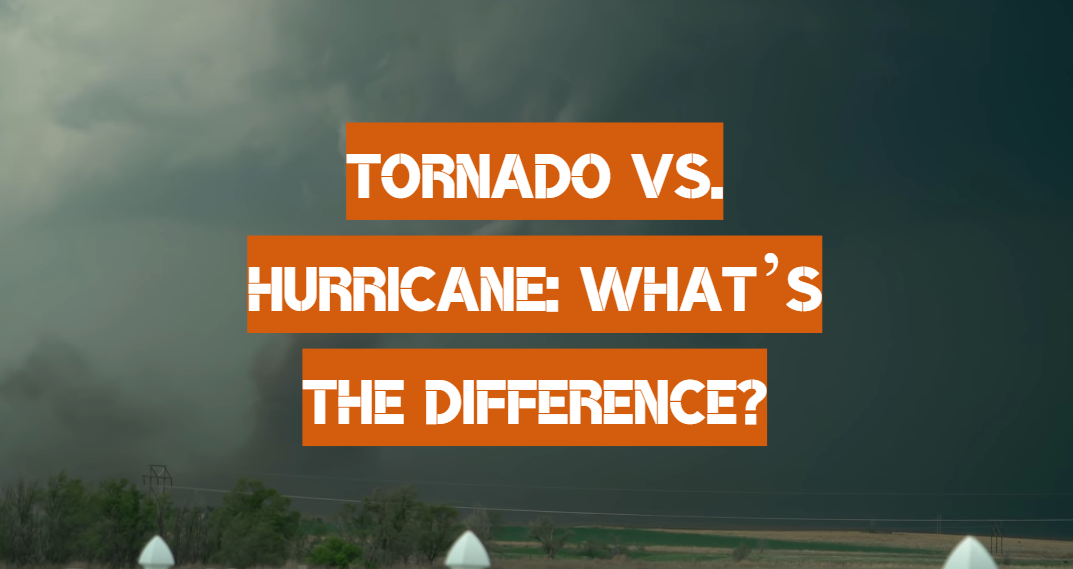
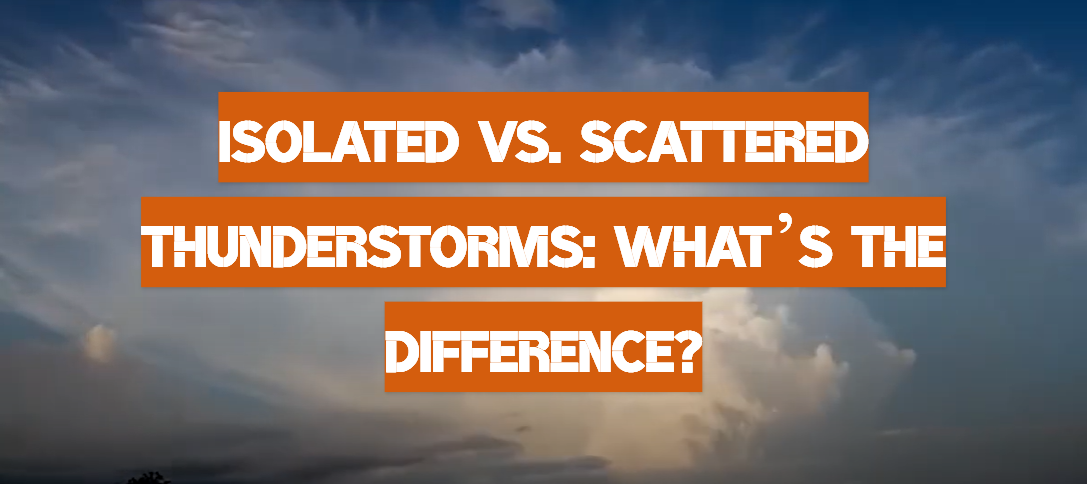
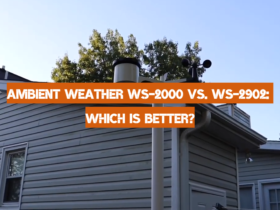
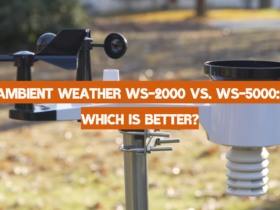
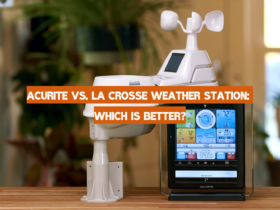
Leave a Reply